News
Omega Announces Special Pocket Watch Powered by the 19-Ligne Calibre that Gave the Brand its Name
Happy Birthday, Omega
As a child growing up before the World Wide Web existed, or any decent games consoles had been dreamt of, the choices for indoor entertainment were limited to say the least. Basically, there were board games that looked a lot more fun in advertisements than they ever were in real life (I’m talking about you Buckaroo!) or there was reading. I leaned – and still do – towards the latter, enjoying the worlds of adventure and escapism that opened up with each page-turner.
Always a crazy animal lover, the anthropomorphism of Lewis Carroll’s White Rabbit made him one of the coolest characters of my early years. Too young to understand the greater significance of this mammal on a mission, the attraction was in his “give a shit” attitude, cute clothes and omnipresent fob watch. I loved him and I loved his timepiece. Then I grew up, moved away from Wonderland and stopped coveting a pocket watch… until that is last night when, for the first time, I saw Omega’s reimagined 19-ligne Omega Calibre and the renderings for its new casing. The story of the new watch starts 125 years ago so, to continue with the Alice in Wonderland thread, let’s “begin at the beginning and go on till we come to the end: then stop.”
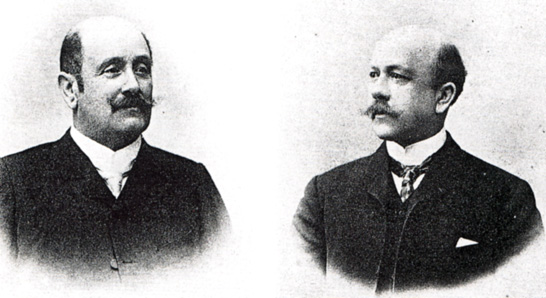
Brandt Brothers, Cesar Brandt & Louis-Paul Brandt
As the name states, it was a 19’’’/43.2mm pocket watch movement for which the brothers had perfected a system of winding and setting via the crown. And, for the first time in Swiss watchmaking, it was based on the principle of interchangeable parts that any watchmaker, anywhere in the world could replace or repair. Seeing that the future lay in industrialisation, the movement was assembled on a production line, making the process more streamlined and efficient.
The brothers named their new movement “Omega”, the final letter of the Greek alphabet symbolising the ultimate in mechanical timekeeping. The movement was used in watches, with little change to the base calibre, until 1931 – although official production finished in 1923. As referenced by Chronocentric.com, the calibre was the movement contained in the ref. 141, which featured in the now famous advertisement with Greek god Chronos reaching across the globe and pointing to an Omega logo.
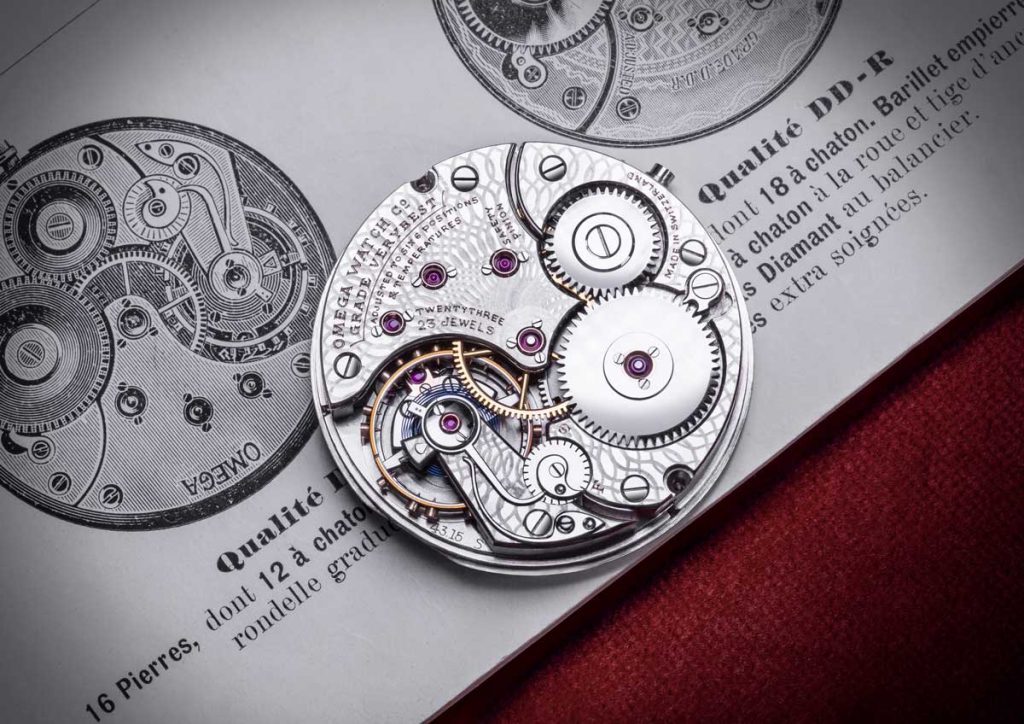
The Omega 19-ligne Calibre
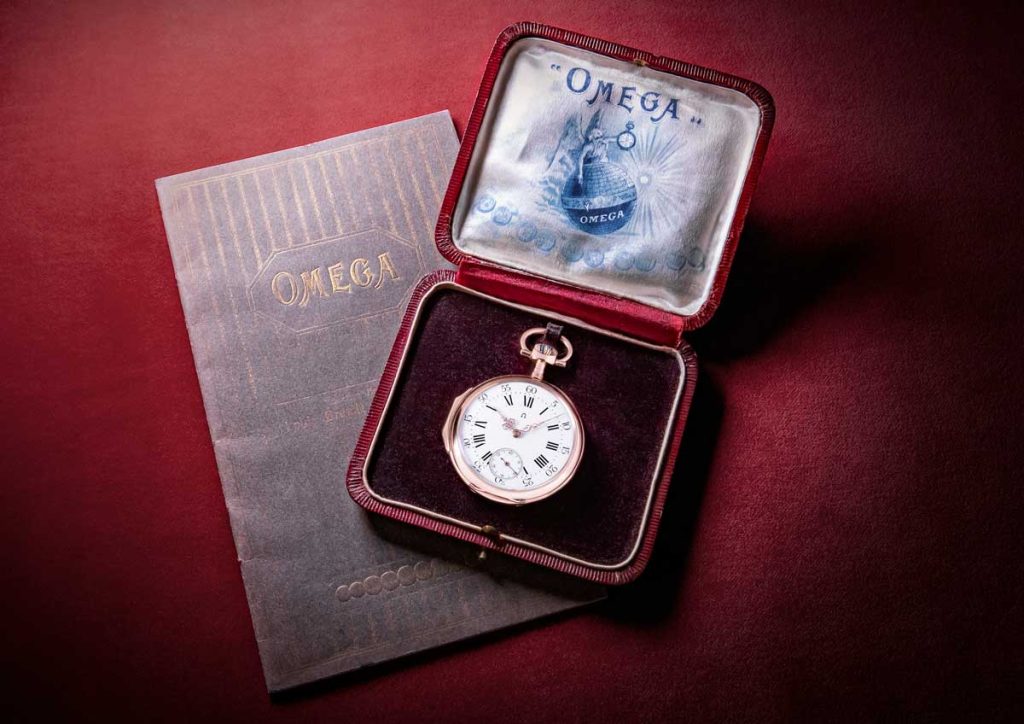
Pocket Watch with a 19-ligne Omega Calibre
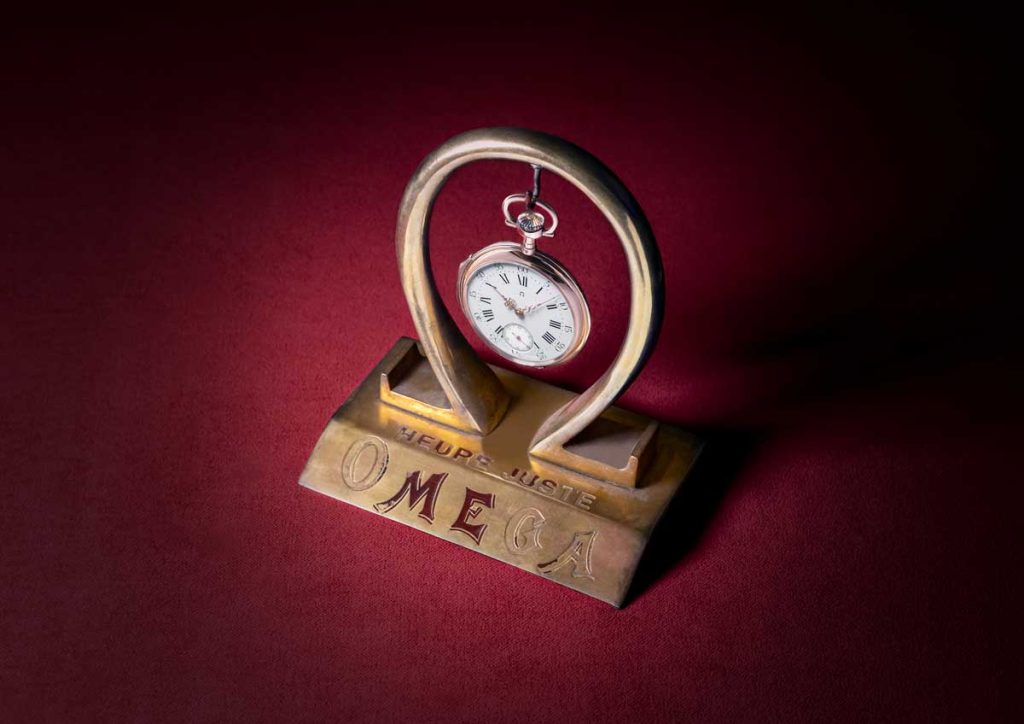
Pocket Watch with a 19-ligne Omega Calibre
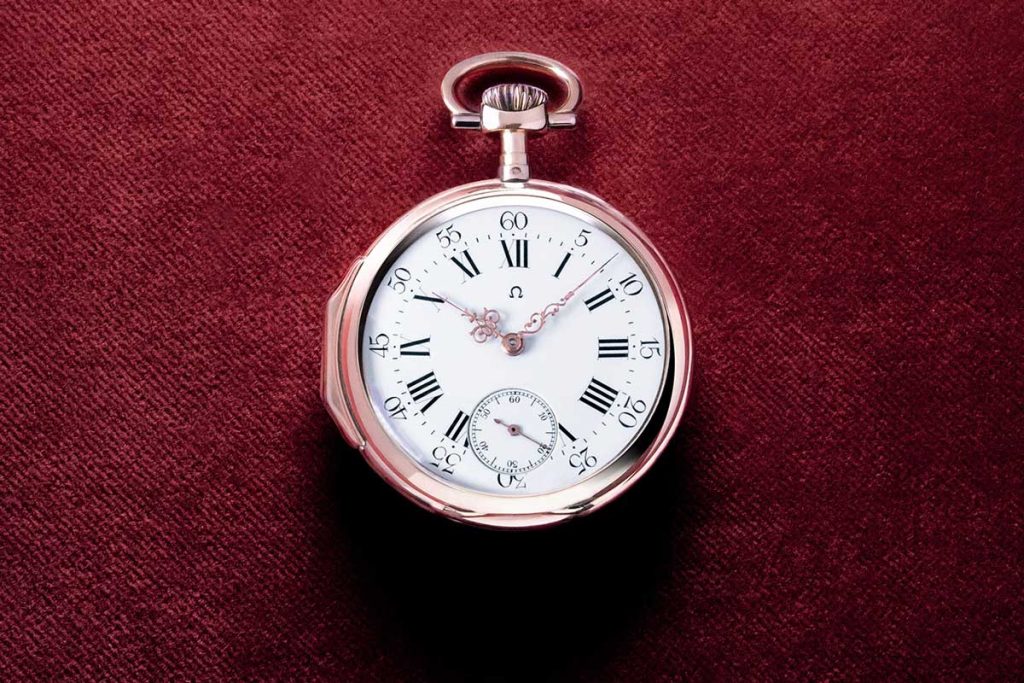
Pocket Watch with a 19-ligne Omega Calibre
Today, the calibre not only stands as an emblem of reliability and perfection, it also represents the birth of a legendary house of watchmaking. And in recognition of its importance, Omega decided to celebrate the movement’s 125th birthday by hosting a party at its museum in Bienne, Switzerland, where brand President and CEO Raynald Aeschlimann announced the second coming of the Omega calibre, saying: “Today, we are truly proud to represent such an iconic name. Omega is the only watchmaker to be named after a movement, which proves our commitment to the art of precision. This anniversary certainly deserves to be celebrated.”

Chef Carlo Cracco & President and CEO of Omega, Raynald Aeschlimann at the brand's 125th birthday at its museum in Bienne, Switzerland
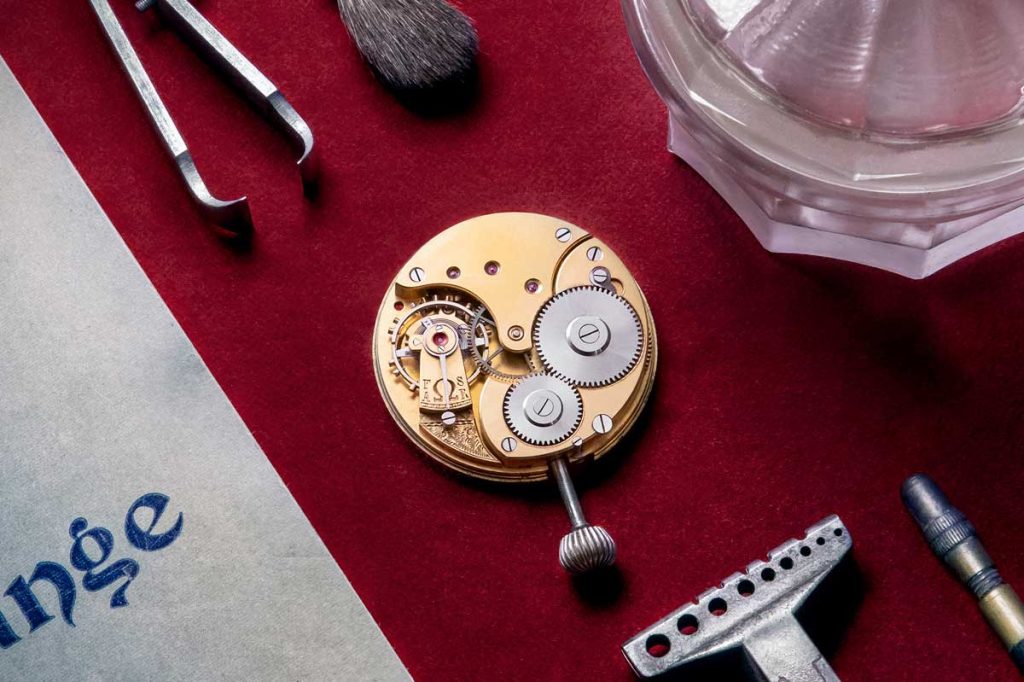
An assembled, un-dercoated 19-ligne Omega Calibre
Red Alert: The De Ville Trésor 125th Anniversary Edition
With only 19 examples of the pocket watch available and interest in Omega at an all-time high, the chances of acquiring one are slim, however, there is one more launch to celebrate the 125-year anniversary: a De Ville Trésor 125th Anniversary Edition. A 40mm yellow-gold case houses an enamel dial, which is, for the first time in the brand’s history, in Omega’s red livery, matched to perfection by a deep red strap. Unusually for the line, the caseback is closed and features a medallion filled with red enamel. Swirling engravings surround the enamel and are reminiscent of the original patterns used on some of the 19-ligne movements. Powering the piece is the new Master Chronometer Calibre 8929 – Omega’s first manual-winding Master Chronometer movement.
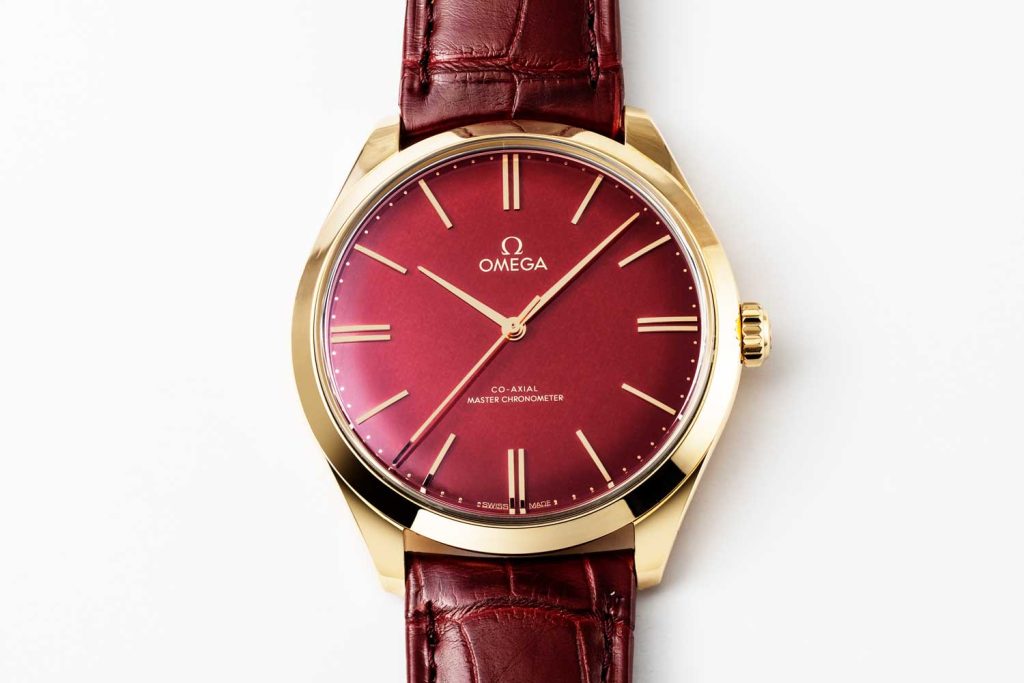
Omega De Ville Trésor 125th Anniversary Edition (Image © Revolution)










